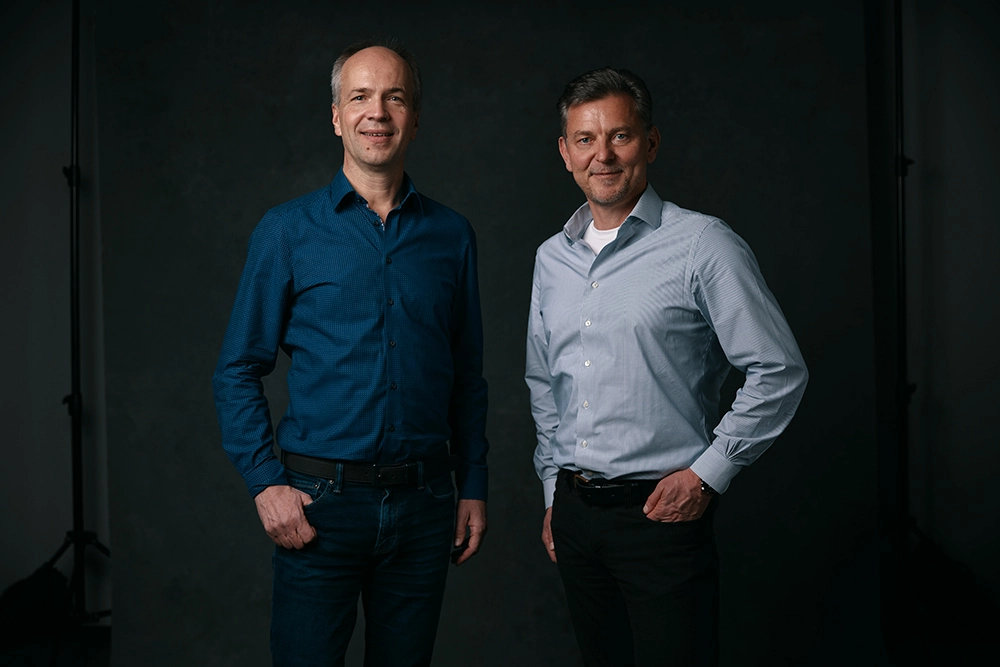Wolfgang Jahnke remembers his “Aha” moment. Actually, the Novartis scientist experienced two such moments.
It was four years after the approval of the first-ever targeted therapy from Novartis for chronic myeloid leukemia (CML)—known as a tyrosine kinase inhibitor (TKI)—and just a few years before our second TKI reached patients.1
During this time, Jahnke and Andreas Marzinzik, now a Director within Global Discovery Chemistry, were quietly investigating a less explored, nonactive site on the CML-causing protein—known as the BCR::ABL1 fusion protein—when they discovered how a compound that bound to it could also inhibit a key function.
“We call that a scientific "Aha” moment,” said Jahnke, Director of Discovery Science. “We learned we could actually design a new type of functional inhibitor for this protein.”
They were on the hunt because, despite advancements that had been made in the field over the years, many patients still weren’t meeting their treatment goals or had stopped or switched treatments because they couldn’t tolerate them.2-13
An innovative approach was needed, one that could potentially offer more patients a chance to receive an efficacious and well-tolerated treatment.
“This was fundamentally different than previous TKIs, a new starting point,” Marzinzik said. “And I think that was what motivated us to keep going.”
Using a sensitive technology called fragment-based screening that can spot hard-to-see binding pockets in proteins, the duo and their teams would go on to discover a new compound and the first one that attaches to proteins associated with CML in a completely new way.
They eventually moved it into preclinical studies, where they saw promising findings.
“And that was my second “Aha” moment,” Jahnke said. “We knew we had an opportunity to make something really innovative for patients.”
Indeed, successful clinical trials led the way to a first-in-class drug for CML patients, and offered another, much-needed option.14
And the work didn’t stop there.
“We were bold enough to keep going,” said Shruti Kapoor, Global Program Clinical Head. “Because we believed in the science and we believed in our approach.”
Our teams took stock of the many newly diagnosed patients who don’t meet their goals for molecular response (the standard measure of CML treatment efficacy) and the challenges with intolerance that remain a key reason for discontinuing therapy.2-13
They forged ahead and speedily executed an innovative investigation comparing the inhibitor against four standard-of-care TKIs, recruiting more than 400 patients around the world, with insights and support from patients, health care providers, and other key voices.
It’s a first-of-its-kind trial that aims to advance the research and put us steps closer to a potentially improved therapeutic option for newly diagnosed patients.
Today, up to 10,000 people in the US—and 40,000 around the world—are diagnosed with CML every year.15-16
“The first targeted therapy for CML was a trigger that transformed the field and ushered in a new era of precision medicine,” said Thomas Lehmann, Global Program Head in Oncology. “That was more than two decades ago—and we haven’t stopped working to innovate for patients since.”





